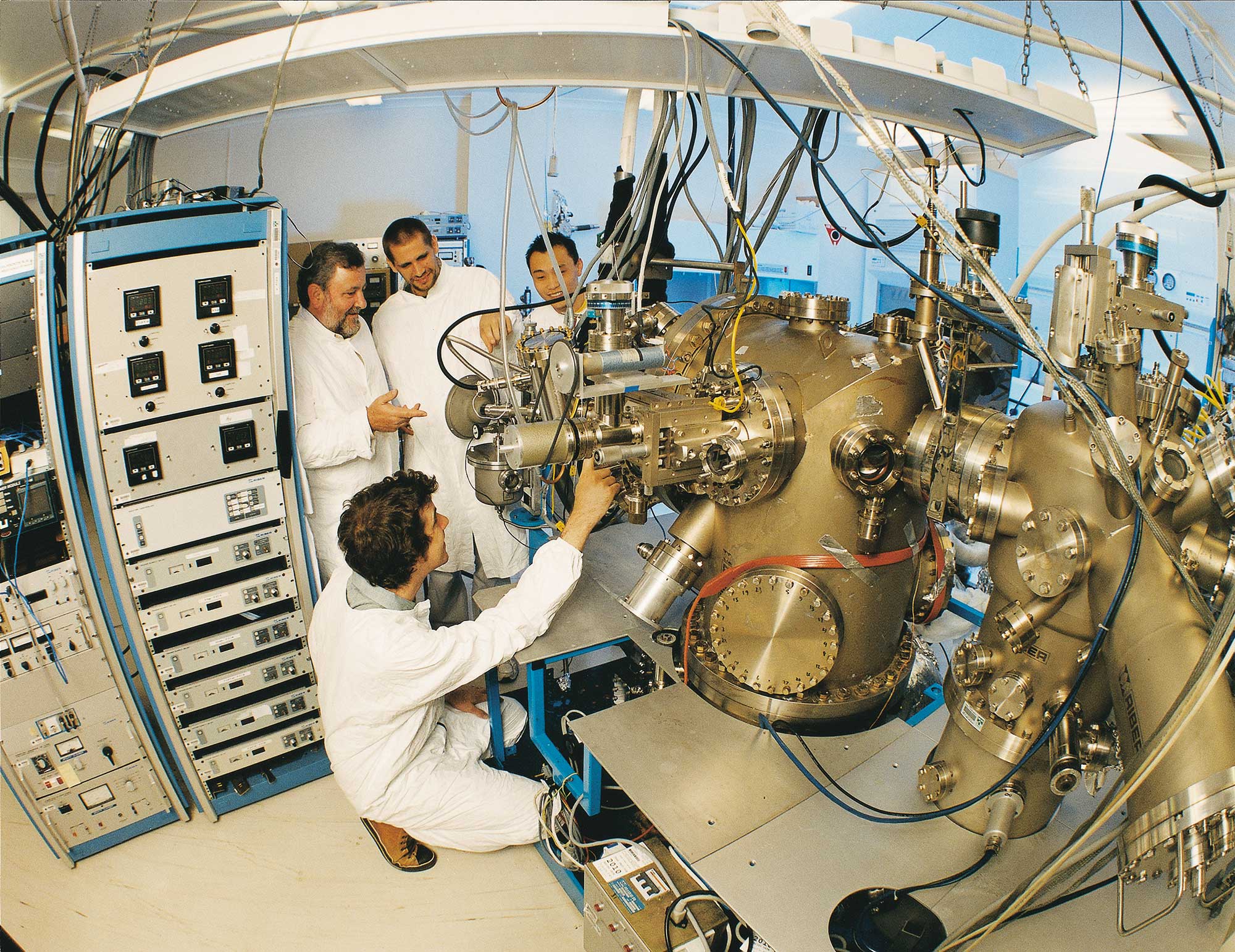
Glass fabrication
Glass fabrication
Glass fabrication requires incredible temperatures and pressures, but can be harnessed to produce materials that are functionalised towards a large range of applications. Concocting different mixtures or introducing nanoparticles can result in glass with novel properties – these are then typically used in light-based applications like sensing, communications, or advanced optics.

List of available equipment
TOOL MAKE AND MODEL
KEY DIFFERENTIATOR
LOCATION
Parr Instrument Company 5100 Reactor
Low pressure glass reactor
Materials Node
University of Wollongong
Description
Low pressure glass reactor
Related Information
More information to come.
Tool Contact
sbeirne@uow.edu.au
Tetlow/Ceramic Engineering Glass melting – open air
Open air glass melting furnaces
Optofab Node
University of Adelaide
Description
The open-air melting capability consists of a melting furnace with maximum temperature of 1200oC and two annealing furnaces with a maximum temperature of 500oC.
Related Information
The open-air glass melting capability is used to produce a range of tellurite glasses; Na-Zn-La-tellurite glass (undoped or doped with fluorescent rare earth ions) is now routinely made in up to 300g raw material batch sizes.
Tool Contact
optofab@adelaide.edu.au
TOOL MAKE AND MODEL
KEY DIFFERENTIATOR
LOCATION
Parr Instrument Company 5100 Reactor
Low pressure glass reactor
Optofab Node
University of Adelaide
Description
Low pressure glass reactor
Related Information
More information to come.
Tool Contact
sbeirne@uow.edu.au
TOOL MAKE AND MODEL
KEY DIFFERENTIATOR
LOCATION
Tetlow/Ceramic Engineering Glass melting – open air
Open air glass melting furnaces
Optofab Node
University of Adelaide
Description
The open-air melting capability consists of a melting furnace with maximum temperature of 1200oC and two annealing furnaces with a maximum temperature of 500oC.
Related Information
The open-air glass melting capability is used to produce a range of tellurite glasses; Na-Zn-La-tellurite glass (undoped or doped with fluorescent rare earth ions) is now routinely made in up to 300g raw material batch sizes.
Tool Contact
optofab@adelaide.edu.au
